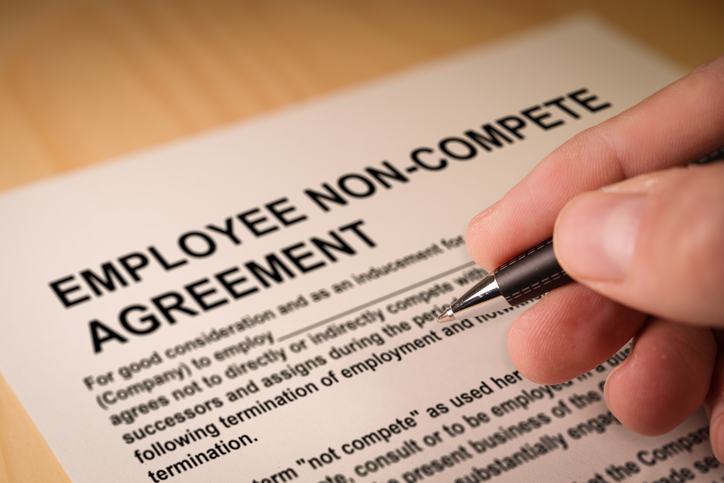Ohio Announces “Responsible Restart” Ohio
What Employers Should Keep in Mind When Recalling Employees
As many of you already know, Governor Mike DeWine has unveiled the details of the much-anticipated plan to reopen Ohio. On May 1, all healthcare procedures that do not require an overnight stay in a hospital can move forward, and dentists and veterinarians can resume operations. On May 4, manufacturing, distribution, construction, and general office environments will open back up (although Ohio prefers that people continue working from home as they are able). On May 12, consumer, retail, and services will reopen.
All Ohio businesses, including those that have been deemed essential, must adhere to the following strict guidelines (in addition to industry-specific criteria, which you can review here). When these guidelines go into effect for companies that have been operating as essential is unclear, but our recommendation is to implement these procedures as soon as possible and no later than May 4.
- Require face coverings for employees and clients/customers at all times (“No mask, no work, no service, no exception”)
- Conduct daily health assessments to determine if employees are “fit for duty”
- Maintain good hygiene at all times – hand washing and social distancing
- Clean and sanitize workplaces throughout the workday and at the close of business or between shifts
- Limit capacity to meet social distancing guidelines – establish maximum capacity at 50% of fire code and use appointment setting where possible to limit congestion
If a COVID-19 infection is identified in an employee or customer, the employer must follow certain steps, including reporting the infection to the local health district.
In addition to adhering to the specific requirements laid out by Ohio, employers should be mindful of the following considerations as they bring back employees:
- Be wary of discriminatory rehiring patterns. The kind of mass rehiring/hiring process that many employers will face as they prepare to open their doors is wrought with potential legal pitfalls. Employers must ensure that they are not bringing back employees in a discriminatory fashion. For instance, employers should not allow only younger workers to return to work and require older workers more susceptible to infection to remain at home. While it may be well-intended, such a decision could lead to an age discrimination claim. Similarly, employers should not prevent pregnant workers from returning to work right away, as such could result in pregnancy bias and gender discrimination claims. If all employees are not returned to work at the same time, it is generally best for employers to utilize objective criteria when deciding the order in which employees are recalled to work.
- Maintain employee confidentiality. Some employers will ensure workplace safety by taking employee temperatures (a practice that has been approved by the U.S. Equal Employment Opportunity Commission) – such employers should ensure that any records of employees’ temperatures are kept confidential and that information obtained is not utilized in such a manner so as to give rise to a potential claim under the Americans with Disabilities Act or the Genetic Information Nondiscrimination Act.
- Consider alternate, flexible work arrangements. In order to promote a continued effort of social distancing, employers may consider alternate work arrangements, such as staggering employee shifts or allowing employees to continue working remotely as they are able on a full or part-time basis (especially those who may be considered high risk for COVID-19).
- Prioritize workplace safety. Employers should ensure that they are complying with any directives from the Centers for Disease Control and Prevention and the Occupational Safety and Health Administration, in addition to any directives from the state and federal government. Increased cleaning of work surfaces, providing hygiene stations stocked with soap, hand sanitizer, paper towels, and gloves, requiring employees to wear face masks, and designating six feet spaces with tape or other signage for customers are easy ways to help ensure workplace safety (where six feet spaces are not possible, consideration should be given to installing barriers).
If you have any questions about how best to prepare your business for reopening or what operating requirements you need to follow, please do not hesitate to reach out to one of the attorneys at FGKS Law at 937-492-1921.





